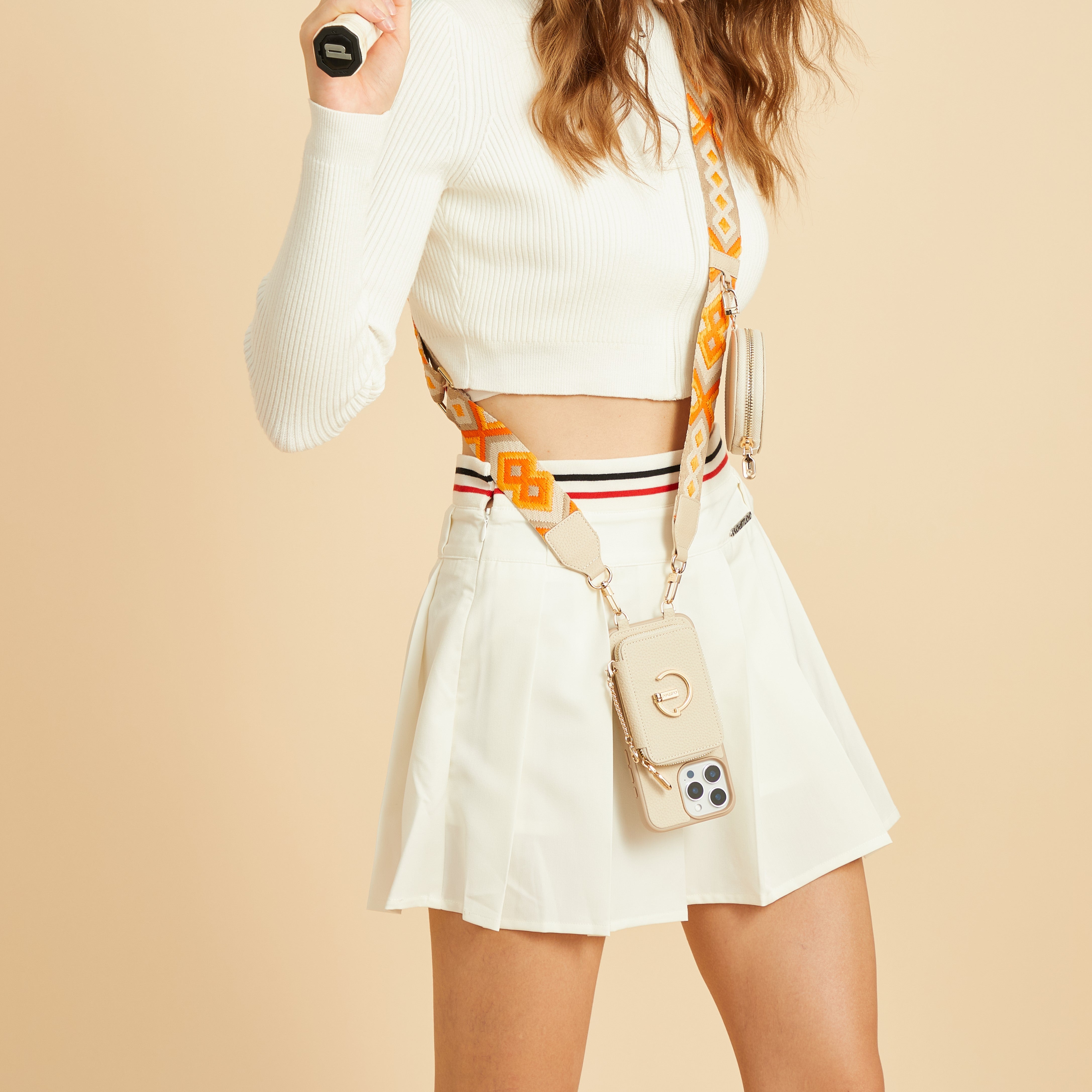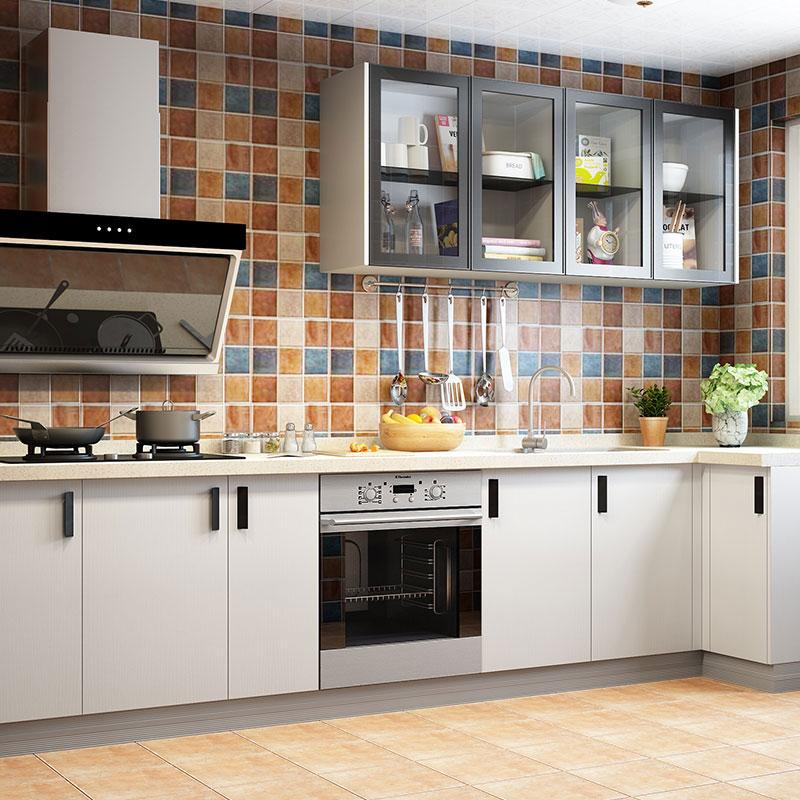In the fast-growing world of wellness and holistic health, essential oils have carved a niche for themselves as indispensable products. From aromatherapy to skin care, they serve a multitude of purposes. However, the efficacy, safety, and appeal of essential oils rely heavily on one critical factor — Essential Oil Packaging. Essential oil packaging is not just a protective shell; it is a combination of science, branding, and consumer psychology.
In this article, we delve deep into the importance of essential oil packaging, key elements that define good packaging, and the latest trends that brands are embracing to stand out in this competitive market.
Why Packaging Matters for Essential Oils
Essential oils are highly concentrated plant extracts. Due to their volatile nature, they are prone to degradation when exposed to heat, light, or air. Packaging helps preserve the therapeutic qualities of the oil, extends shelf life, and protects it from contamination. But that’s not all.
Packaging also:
-
Builds trust by providing safety information and usage instructions.
-
Promotes the brand through aesthetic appeal.
-
Improves customer experience by offering convenient and functional designs.
-
Meets regulatory requirements by including accurate labels and tamper-evident features.
Thus, packaging is both a functional necessity and a marketing tool.
Key Components of Essential Oil Packaging
1. Bottle Material
The most common material used for essential oil bottles is glass, especially amber or cobalt blue variants. These dark-colored bottles protect the oil from UV rays, which can break down its chemical structure. Glass is non-reactive, ensuring the oils maintain their purity over time. Plastic bottles are generally avoided as the essential oils can dissolve plastic compounds, contaminating the contents.
2. Bottle Size
Essential oils are typically sold in small quantities, ranging from 5ml to 30ml. The size depends on the concentration and use of the oil. Smaller bottles also help in maintaining potency by reducing air exposure and are easier for customers to carry or store.
3. Dropper or Orifice Reducer
These components control the dispensing of oil. A dropper cap allows for measured application, making it ideal for personal use. An orifice reducer is a small plastic insert in the bottle neck that dispenses the oil drop by drop, preventing waste and reducing exposure to air.
4. Cap and Seal
The cap must close tightly to prevent leakage and oxidation. Many bottles come with tamper-evident seals to assure customers of product integrity. Child-resistant caps are also a safety standard, especially since many essential oils are toxic if ingested.
5. Labeling and Branding
A well-designed label is a powerful branding asset. It usually includes:
-
The product name and botanical name
-
Ingredients
-
Usage instructions and safety warnings
-
Manufacturer details
-
Expiry or batch number
Using eco-friendly inks and recyclable labels can enhance a brand’s image among environmentally conscious consumers.
Design Aesthetics in Essential Oil Packaging
While function is critical, visual appeal cannot be underestimated. In a market saturated with options, packaging design can influence the buying decision. Elements like minimalist fonts, nature-inspired colors, and clean layouts are common in the wellness sector.
Luxury brands often use embossed labels, gold foiling, and magnetic closures to convey exclusivity. The look and feel of the packaging should align with the brand’s identity—whether it’s minimalist, rustic, modern, or luxurious.
Sustainable Packaging: A Growing Trend
Consumers today are more aware of environmental issues and are inclined towards brands that reflect their values. This has led to a rise in sustainable packaging solutions for essential oils, such as:
-
Biodegradable cartons for secondary packaging
-
Recyclable glass instead of plastic
-
Soy-based inks on labels
-
Refillable bottles for long-term use
Brands that invest in sustainable practices not only appeal to conscious consumers but also contribute positively to the planet.
Secondary Packaging: Boxes and Kits
Beyond the primary glass bottle, secondary packaging plays a vital role, especially for gifting and retail display. Custom-printed cardboard boxes with dividers or foam inserts protect the bottles during transit. Gift kits often come with informational booklets, making them attractive as presents and educational for new users.
Box packaging can be customized in terms of:
-
Shape and size
-
Coating (matte, gloss, soft-touch)
-
Printing techniques (UV spot, embossing)
-
Add-ons like windows, handles, or ribbons
The goal is to elevate the unboxing experience, making it memorable and share-worthy on social media.
Regulatory Compliance
Different countries have specific regulations for essential oil packaging, especially for products labeled as therapeutic. These may include:
-
FDA compliance for labeling (in the U.S.)
-
Allergen warnings
-
Batch traceability
-
Claims about medical benefits
Non-compliance can lead to product recalls, fines, or reputational damage. Working with an experienced packaging provider helps ensure adherence to legal standards.
Custom Packaging Solutions for Brands
As competition grows, many essential oil brands are investing in custom packaging to create a unique identity. Customization options include:
-
Personalized labels for white-label products
-
Unique bottle shapes or dispenser types
-
Custom printed boxes with brand elements
-
Special editions for holidays or events
Custom packaging not only makes a product stand out on shelves but also adds value, justifying premium pricing.
Tips for Choosing the Right Essential Oil Packaging
If you’re a brand looking to launch or upgrade your essential oil line, here are some tips:
-
Prioritize Protection – Ensure your packaging preserves the product’s quality.
-
Reflect Your Brand – Match design elements with your brand’s values.
-
Choose Eco-Friendly Materials – Appeal to a growing green market.
-
Ensure Usability – Make it easy for customers to dispense, store, and travel with.
-
Think Long-Term – Consider the costs and scalability of your packaging choice.
Partnering with a reliable packaging supplier who understands the needs of essential oil brands can make all the difference.
Conclusion
Essential oil packaging is far more than just an aesthetic wrapper. It is a holistic solution that merges protection, compliance, branding, and sustainability. As consumers become increasingly discerning, brands must innovate not only in the formulation of their products but also in how they present them. Whether you’re launching a new line or revamping your existing packaging, investing in thoughtful, well-crafted essential oil packaging can elevate your brand and win the loyalty of health-conscious buyers.



